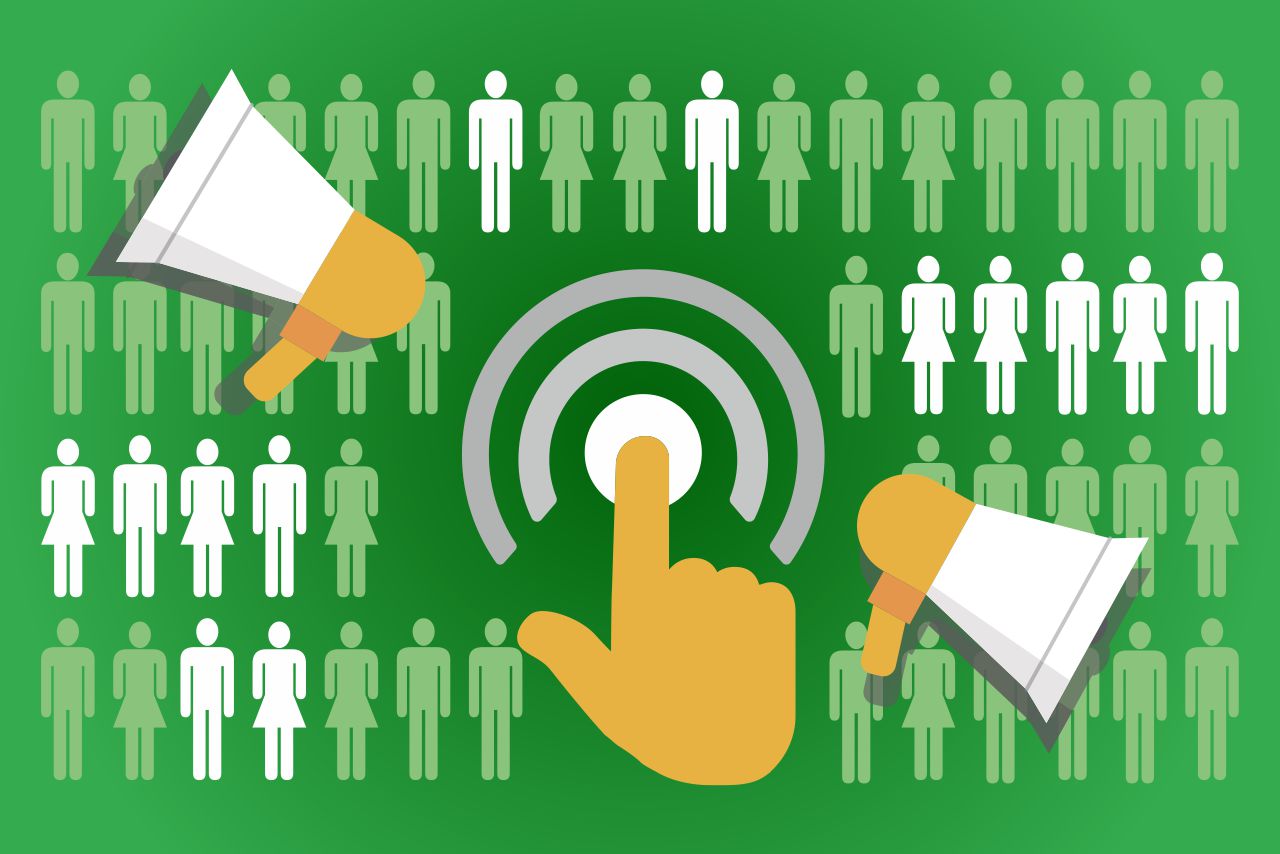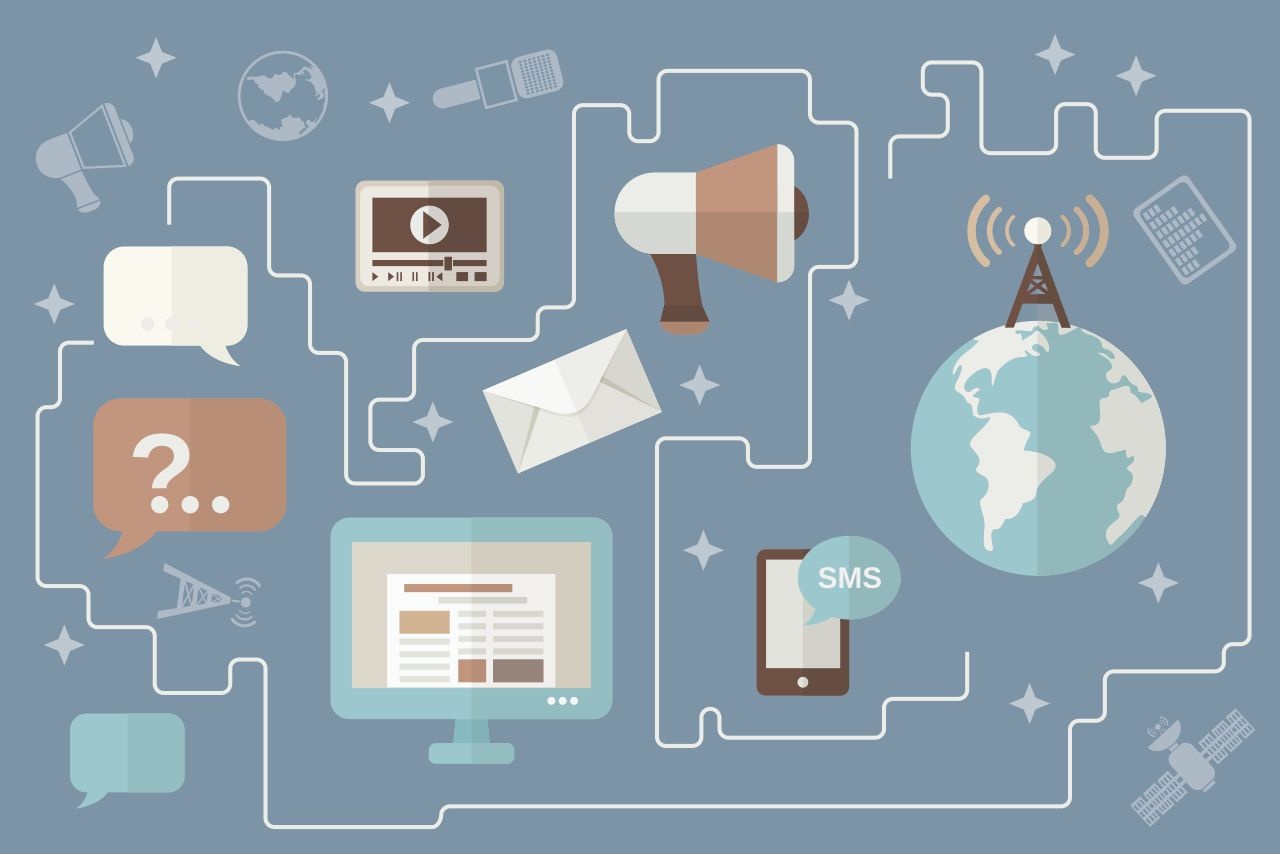There are times where you need to communicate directly to your employees with a degree of urgency. Other times you might have some breaking news you need your employees to hear directly from your company before they hear it from another source. Or perhaps there is a system outage, or a critical issue affecting your IT infrastructure.
In today’s world you never know when an urgent situation could arise and affect your workplace. Watch the news and you’ll see that fires, natural disasters, gas leaks, civil disturbances, terror attacks, man-made disasters, active shooters and severe weather events are all too common events that are happening somewhere on Earth all the time. If your organization has never been affected by such an event, you can count yourself lucky.
But luck isn’t a strategy. How long can you be lucky for? Are you prepared in the event that you may need to communicate with your employees if a crisis were to unfold that involved your business?
You should have plans in place for a range of scenarios that could befall your organization, and that includes how you communicate in the event of an emergency. The tools that you use to communicate are every bit as important as what you have to say to your employees during the situation.
When you need to communicate as swiftly as possible, traditional internal communication channels aren’t always up to the job. Email, for example, is an increasingly unreliable medium for urgent communications: not only does it require your employees to be looking at their inboxes at the time you send the information, but email overload is such a problem in modern workplaces that it would be almost a miracle if the email was even opened and read at all.
Added to that, emails are cumbersome and time consuming for the sender to type out – which means if there is an emergency, valuable time can be lost during the time it takes to compose the message.
Fortunately there is a sophisticated internal communications software solution you can turn to in order to solve these issues and communicate fast to everyone in your organization whenever you need to.
That solution is DeskAlerts – a system that enables you to bypass email and cut through the digital clutter to get your messages right in front of every employee.
DeskAlerts lets you send pop-up notifications direct to your employees’ computer screens. The messages appear regardless of what other software applications they are running at the time, and even if their screen is locked or in screensaver mode, the information will still appear. The messages cannot be ignored, skipped or minimized and you can see from the statistics module exactly who has seen your messages.
Generally, you compose the messages that you want to send to employees via a custom interface. Here you can create templates, define custom audiences and make other modifications to help you communicate quickly when you need to.
Some of the ways DeskAlerts’ clients utilize the software to send information out to employees quickly include using the one-click alerts and real time mass notification functions inherent in the system.
One-click alerts
With one-click alerts you can minimize the time required to send out an alert, saving you minutes when it comes to content creation and audience selection – this is what is known as a “panic button” style of sending alert notifications.
For this to be effective you need to create alerts in advance to cover the most likely scenarios when you may need them. For example if there is a fire in the kitchen, you can press the button to advise of this and the next steps, such as evacuation, that your employees have to take.
These alerts can be triggered through a variety of channels, including a shortcut on the computer desktop and a mobile application that is available for both iOS and Android devices.
You can also use alert color coding to categorize the messages based on the nature of the ongoing emergency for quicker publishing.
Real-time alerts
By sending real-time alerts you minimize the time between alert being sent and received. Without it, in most environments, the delivery time varies between one and ten minutes. But with it, that time is slashed to under a second!
This type of delivery method is useful when DeskAlerts is used for real-time management of business processes, for example, call center SLA adherence.
The underlying web socket technology allows for much higher messaging volume from a single server without allocating additional processing power (thousands of messages daily).
Real-time alerts can be used in conjunction with the one-click alerts module or API integration to maximize their potential.
Real-time alerts + One-click alerts
There are many benefits to using real-time alerts in conjunction with one-click alerts – particularly for crisis response mass notifications.
For starters, this method narrows the time between the publisher triggering a pre-created alert and the message delivery to just a fraction of a second.
You can also use it to to supplement your emergency and crisis notification systems. For example, you could publish an evacuation plan to everyone’s computer desktop at the same time as the PA system announces an earthquake warning to your employees.
You can also ensure that your staff are safe in the event of a crisis by sending instant messages and gathering the reading confirmation reports. If someone hasn’t seen the message they may have been injured. You can follow up directly with that individual to check to see if they were present at the time of the incident or if they weren’t even in the office.
 Caroline Duncan
Caroline Duncan







